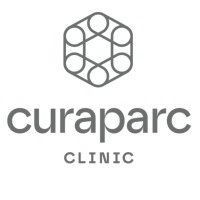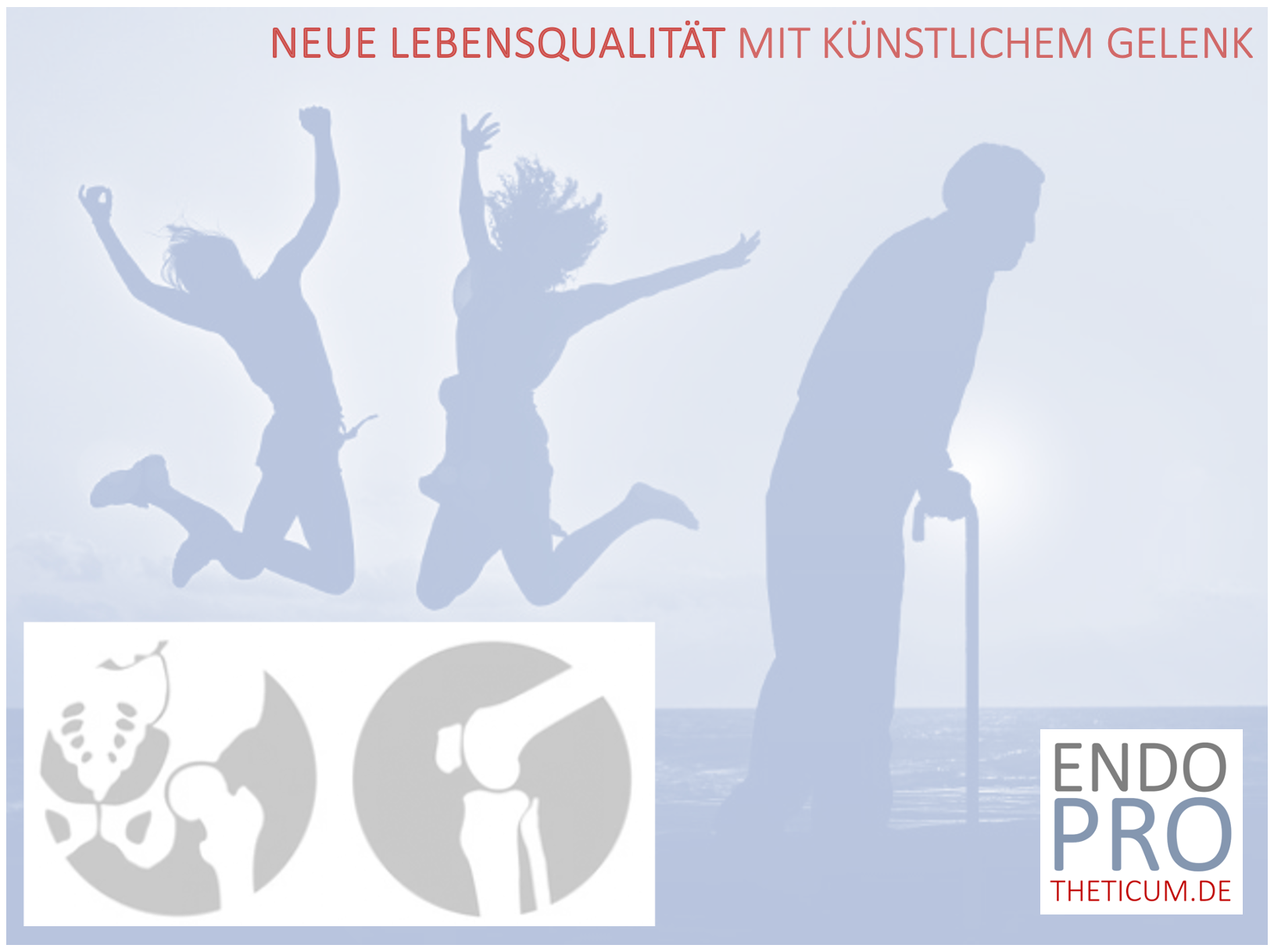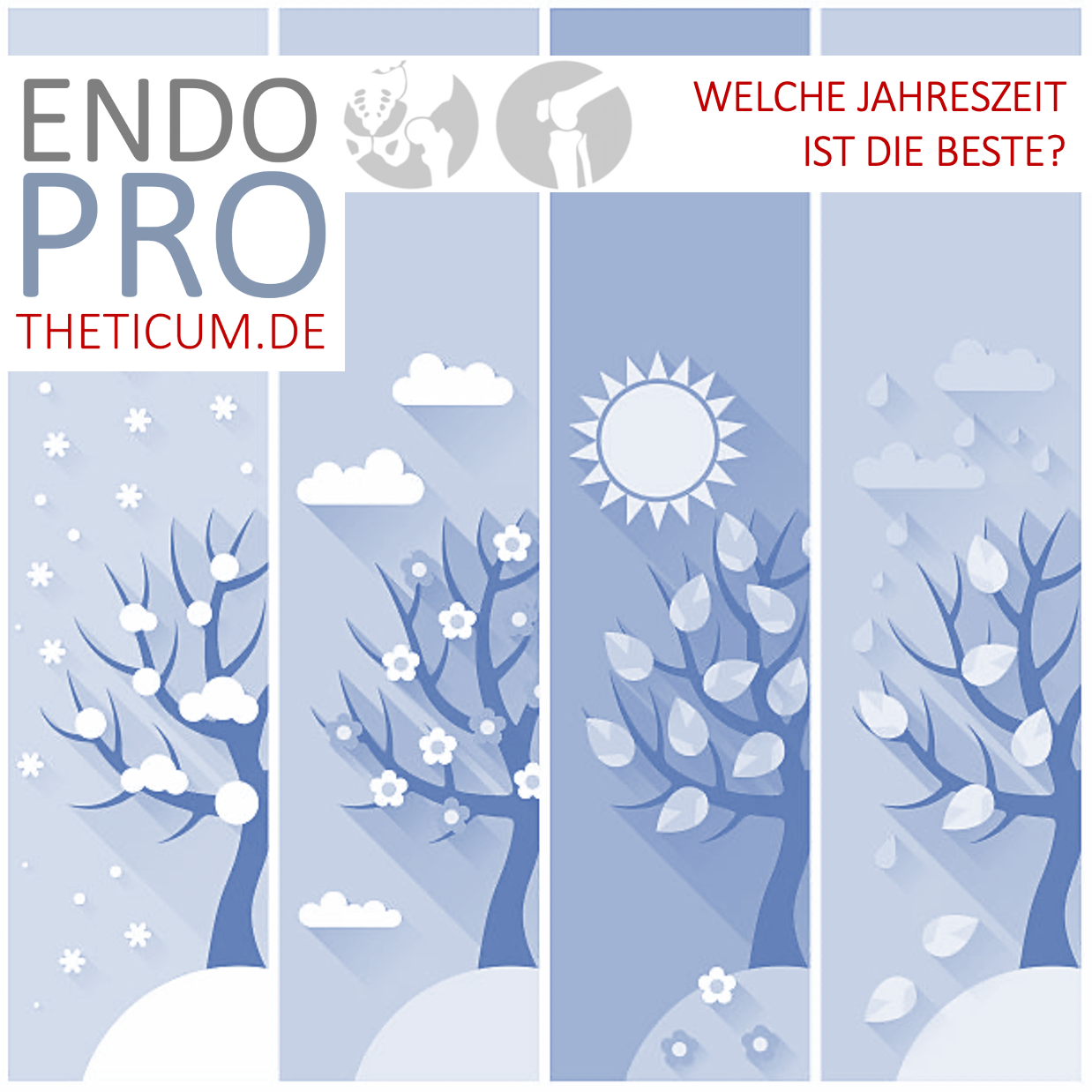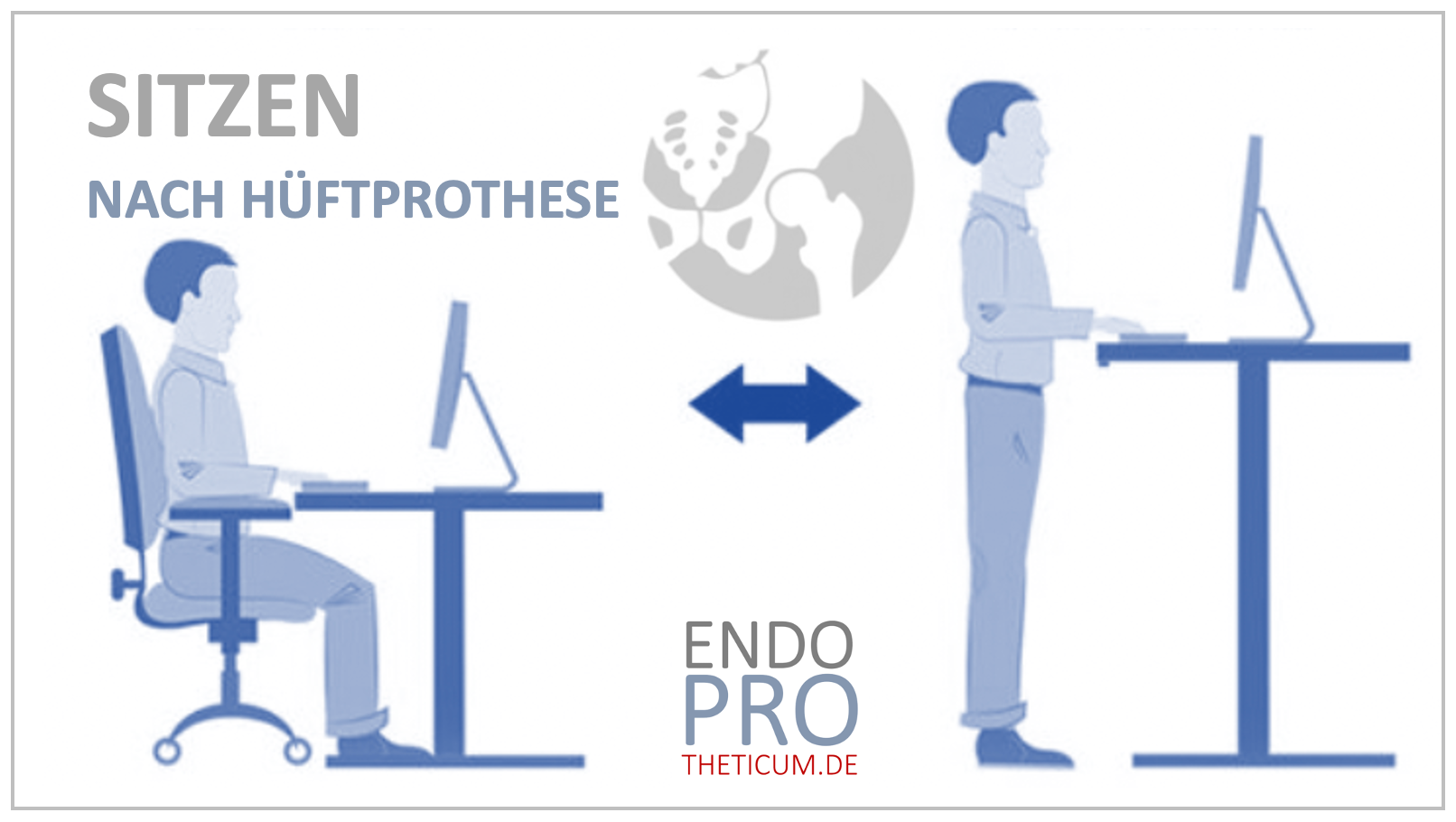Supposed disadvantages of sled prostheses – what is really true?
The disadvantages of knee sled prostheses: a fact check
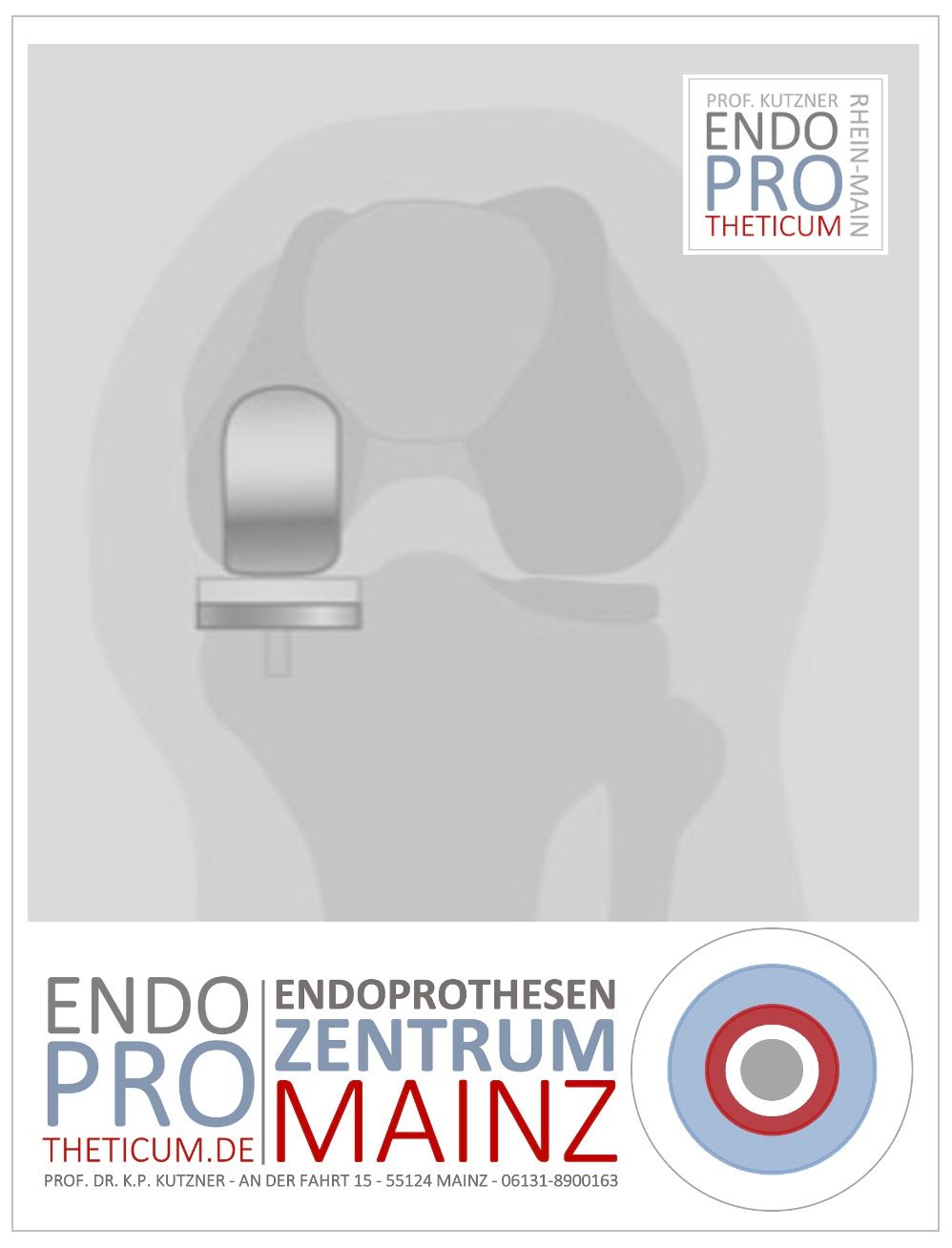
The slide prosthesis has established itself in modern orthopedic surgery as a proven alternative to total endoprosthesis (TEP), especially in isolated forms of osteoarthritis of the knee joint. Nevertheless, there are numerous myths circulating in the public eye and among patients about the alleged disadvantages of sled prostheses. This blog examines the most common prejudices and refutes them with scientific facts. The aim is to provide patients with comprehensive information about the sled prosthesis and its advantages and supposed disadvantages.
The sled prosthesis is often considered a minimally invasive alternative to total endoprosthesis (TEP), but many supposed disadvantages and myths surrounding this particular prosthesis are widespread. This blog provides comprehensive information about the alleged disadvantages, provides a fact check and highlights what is actually scientifically based.
If you're considering a sled prosthesis or want to explore the benefits and potential risks, you've come to the right place. Our careful analysis ensures you can make an informed decision.
Introduction to the sled prosthesis
What is a sled prosthesis?
The sled prosthesis, also called a unicondylar knee prosthesis, is a partial prosthesis that replaces only one joint side (usually the inner or medial side) of the knee joint. It is used primarily when joint wear is limited to one half of the joint.
Advantages of the sled prosthesis at a glance:
Preservation of healthy bone and cartilage structures.
Rapid rehabilitation and mobilization.
Less invasive than a total endoprosthesis (TEP).
The sled prosthesis is considered an ideal solution for patients who do not have extensive damage to ligaments and bones. Nevertheless, there are a variety of prejudices that are constantly discussed.
Disadvantage Myth 1: "The sliding prosthesis does not last as long as a total endoprosthesis."
The accusation:
A frequently heard disadvantage of the slide prosthesis is the supposedly shorter durability compared to total endoprosthesis. Critics argue that the mechanical stress is concentrated on a smaller area and therefore leads to wear and tear more quickly.
The fact check:
Modern sled prostheses are made of extremely durable materials such as highly cross-linked polyethylene and high-quality metal. Studies have shown that the durability rate of sled prostheses today can be 20 to 30 years or more, which in many cases is comparable to the lifespan of total endoprostheses. Correct patient selection and surgical technique are crucial.
In addition, the slide prosthesis offers the advantage that it can be easily changed into a total endoprosthesis in the event of a change, which means a less invasive procedure.
Disadvantage Myth 2: “A sled prosthesis always has to be changed to a total endoprosthesis at some point.”
The accusation:
Another widespread argument against the slide prosthesis is that it is only a temporary solution and will inevitably have to be replaced by a total endoprosthesis at some point.
The fact check:
This myth is generally not correct. Although there are cases in which a change to a total endoprosthesis is necessary, this depends on the individual diagnosis and the progression of the osteoarthritis. For example, in the case of isolated medial meniscus damage, Ahlbäck's disease or a congenital bow leg, sled prostheses can represent a permanent solution. Here, the osteoarthritis is limited to a single compartment area of the knee, so that other areas of the joint can remain undamaged in the long term.
Modern surgical techniques and precise preoperative diagnoses ensure that sled prostheses do not necessarily lead to a total endoprosthesis. Patients often benefit from improved kinematics and faster rehabilitation. However, continuous follow-up care is important in order to identify and address possible problems at an early stage.
Disadvantage Myth 3: "Sliding prostheses have a higher revision rate than total endoprostheses."
The accusation:
Critics claim that the revision rate – i.e. the probability that the prosthesis will need to be replaced or corrected – is significantly higher for sliding prostheses than for total endoprostheses.
The fact check:
It is correct that studies sometimes show higher revision rates for sled prostheses. However, this is often due to patient selection. The actual reasons for revisions range from mechanical complications to progression of osteoarthritis in other joint areas. Sliding prostheses require precise indications and very precise implantation to ensure optimal results.
The main reason for the higher revision rate is that initially only a small part of the knee joint is replaced endoprosthetically and over the course of life, osteoarthritis can also progress in the other parts of the joint. If this is the case, there is still a chance of extending the endoprosthetic therapy to a total endoprosthesis. The inhibition threshold is lower with sled prostheses. If a total endoprosthesis causes problems, the inhibition threshold for deciding to completely change the prosthesis is significantly higher and is therefore made less frequently.
Advantages of the slide prosthesis compared to the total endoprosthesis
Aside from the myths, there are numerous proven advantages of the sled prosthesis:
Shorter operation time:
The reduced invasiveness enables a shorter operation time.
Less blood loss:
Less tissue damage during surgery.
Faster rehabilitation:
Many patients are mobile again more quickly and regain a high quality of life.
Preservation of natural biomechanics: Healthy structures are protected.
Better mobility:
A correctly inserted sled prosthesis allows most patients almost normal mobility. Many even return to sporting activities such as cycling, hiking and swimming. Because only part of the knee is replaced, the natural movement pattern is preserved, significantly improving functionality and subjective well-being.
Less foreign body feeling:
In addition, many patients report less foreign body sensation compared to total endoprosthesis because more of the natural joint structures are preserved.
Who is the sled prosthesis suitable for?
Patients who benefit from a sled prosthesis typically have the following characteristics:
Limited osteoarthritis to one half of the joint.
Intact ligaments, especially cruciate and collateral ligaments.
No pronounced axial misalignments or systemic diseases.
An experienced orthopedist or arthroplasty specialist can select the best treatment option through careful diagnostics and advice.
Conclusion – What is really true?
Many myths surrounding the sled prosthesis are based on outdated information or misinterpretations. Modern medicine has significantly improved the technology and success rate of sled prostheses. When properly indicated and expertly performed, the sled prosthesis is an excellent option for patients with limited osteoarthritis.
In order to make an informed decision, thorough advice from a specialist is essential. Speak to an expert to find out if sled prosthesis is the right choice for you.
The sled prosthesis is an excellent option for patients with isolated osteoarthritis in one compartment of the knee. Upon closer inspection, many of the supposed disadvantages are either exaggerated or simply wrong. The right patient selection, state-of-the-art surgical techniques and sound aftercare are crucial for success. It is worthwhile for patients to seek individual advice and carefully weigh the advantages and disadvantages before making a decision.
MAKE AN APPOINTMENT?
You are welcome to make an appointment either by phone or online .








